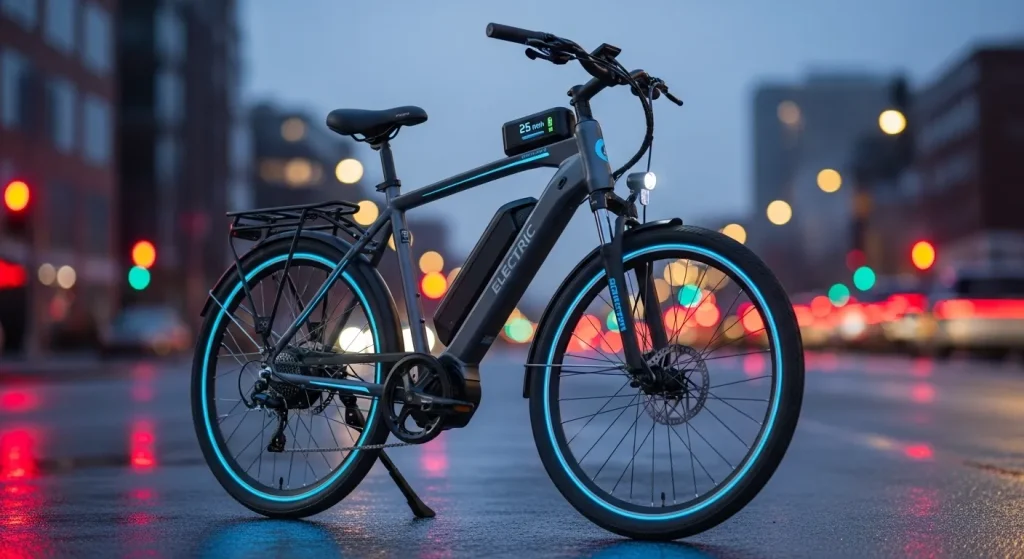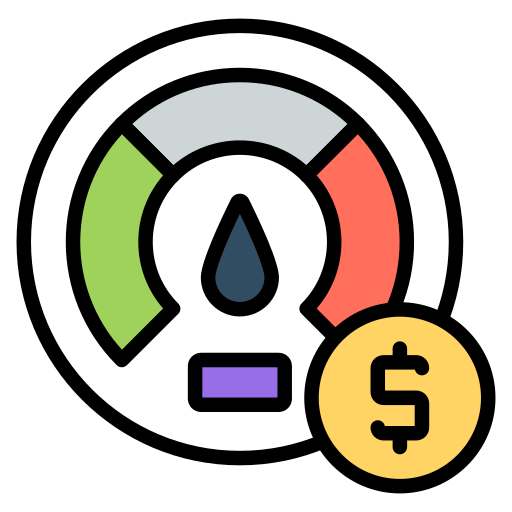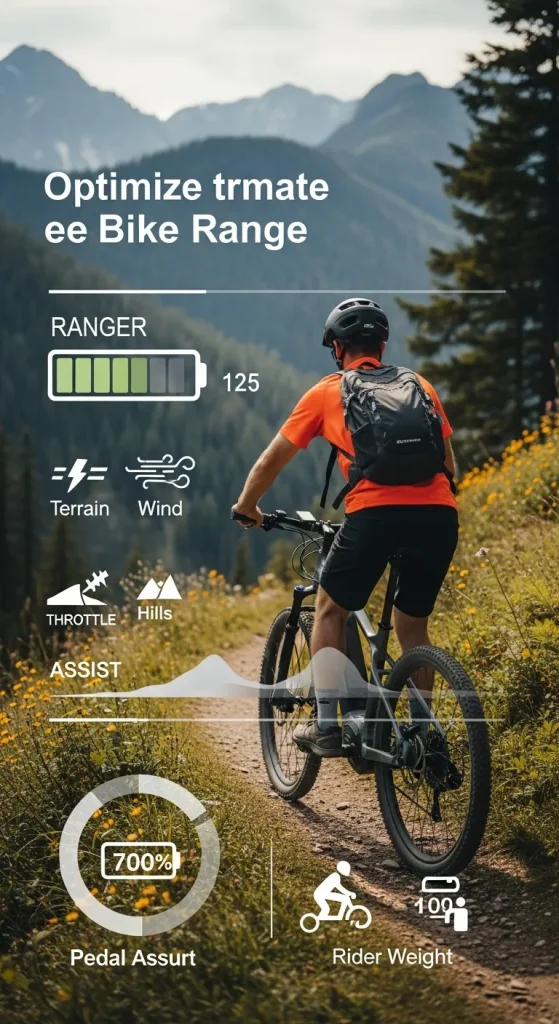How Far Can an Electric Bike Go Per Charge?
Most Electric Bike models deliver between 20 and 50 miles per charge. Premium batteries can extend your riding distance up to 100 miles, maybe even further. To cite an instance, some manufacturers claim their top-tier models can cover up to 300 miles with pedal assist under ideal conditions.

The actual distance changes substantially based on several factors. City e-bikes come with 400-500Wh batteries that suit urban riding. Mountain e-bikes pack larger 500-750Wh batteries to tackle challenging terrains. A simple formula shows this relationship: Range = Battery capacity (Wh) ÷ Average power consumption (Wh/mile). A 720Wh battery with an average draw of 15Wh/mile gives you approximately 48 miles of range.
This piece will explain what determines your riding distance on a single charge. You’ll learn about the core factors affecting your range and practical tips to maximize your e-bike’s battery life. Let’s dive in!
What Determines How Far an Electric Bike Can Go?
The range of your electric bike, or how far you can travel on a single charge, depends on several key factors. These include the battery’s capacity, motor efficiency, terrain, and riding mode. Just like carrying a water bottle on bike helps you stay hydrated throughout your ride, understanding what affects your e-bike’s range helps you stay prepared. By knowing how your battery, motor, and riding conditions work together, you can plan your trips more effectively and get the most out of every charge.

Motor Efficiency and Type
The efficiency of your motor plays a significant role in determining the overall range of your electric bike. Mid-drive motors tend to be more efficient than hub motors, particularly when navigating inclines or uneven terrain, as they deliver power more evenly across the drivetrain.
This improved power distribution helps reduce energy waste and enhances overall performance. When energy is lost due to motor inefficiency, your ride distance is noticeably shortened. Therefore, choosing a more efficient motor is essential if you want to maximize your bike’s range and get the most out of each charge.

Riding Mode and Terrain Impact
Your choice of riding mode plays a crucial role in determining how far you can travel on a single charge. For instance, using pedal assist mode can increase your overall range by more than 30% compared to relying solely on the throttle.
Opting for lower assist levels (such as levels 1 or 2) can boost your range by approximately 30–40%, making them ideal for longer rides. On the other hand, higher assist levels (like levels 4 or 5) may significantly reduce your range—by 30% or more, particularly when you’re riding on hilly or challenging terrain.

Battery Capacity and Range Calculation
Your electric bike’s range is mainly determined by its battery capacity, measured in watt-hours (Wh). This combines voltage and amp-hours to show how much energy is available. Higher Wh ratings mean more energy storage, allowing for longer rides. You can calculate the range using the formula:
Range (miles) = Battery Capacity (Wh) ÷ Consumption per Mile (Wh/mile). For example, a 500Wh battery with 20Wh/mile consumption will provide around 25 miles of range. However, heavier loads can increase consumption, reducing the distance.
Key Factors That Affect Electric Bike Range
How to Estimate and Maximize Your Electric bike Range
Your e-bike’s range depends on its battery capacity. The calculation starts with watt-hours (Wh), which you get by multiplying voltage by amp-hours: Wh = V × Ah. A 48V battery with 14.4Ah gives you 692Wh. The range estimate comes from dividing this number by your average power use, which runs about 20Wh per mile.
Here’s how you can stretch your e-bike’s range:
E-bikes typically cover 1 mile per 20 watt-hours in normal conditions. A 672Wh battery should give you about 33.6 miles of range. Your battery’s life will last longer if you keep the charge between 40-80% during long storage periods.

Conclusion
Your electric bike’s range capabilities will help you get the most out of every ride. Most e-bikes can travel between 20-100 miles on a single charge. The actual distance varies based on several key factors. Battery capacity forms the foundation of your e-bike’s range potential. You can calculate realistic expectations using a simple formula: Battery Capacity (Wh) ÷ Consumption per Mile (Wh/mile). External conditions affect performance substantially. Your range can drop by 20-45% due to cold weather, hilly terrain, rider weight, and riding habits. More you can learn about bikes, especially electric bikes on Tesla Bike Sales.
To get the most out of your electric bike, a few smart habits go a long way. Keeping your tires properly inflated, using pedal assist efficiently, and shifting gears smoothly can significantly extend your ride range. Regular maintenance, like cleaning your drivetrain and storing your battery at room temperature—also boosts overall performance.
Unlike traditional bikes, where endurance depends solely on your fitness, e-bikes blend human power with electric assistance. That means good planning and care can dramatically enhance your ride experience. Whether you’re commuting or exploring trails, understanding how to optimize your e-bike makes all the difference. Curious how electric bikes stack up against regular ones in terms of efficiency and maintenance? You can read our comparison guide here.
